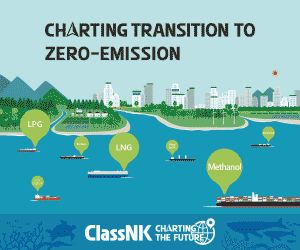According to the World Economic Forum’s latest Global Gender Gap Report, it will take 123 years to achieve full gender parity globally.
This is an improvement from 2024’s estimate of 132 years, marking progress of 11 years in just one year. This progress, although slow, reflects the growing recognition that gender parity is crucial for economic growth and resilience. Economies that invest in the development of their entire workforce, both women and men, tend to be more sustainable and prosperous, benefiting from diverse perspectives that foster innovation and productivity.
The report, now in its 19th edition since 2006, evaluates gender parity across four key dimensions: Economic Participation and Opportunity, Educational Attainment, Health and Survival, and Political Empowerment. It covers 148 economies, representing about two-thirds of the world’s population and roughly 75% of the global economy.
Overall, 68.8% of the global gender gap has been closed, a slight increase from last year, with improvements seen in 11 out of 14 indicators. Interestingly, many lower-income economies have made more progress than over half of the high-income economies in closing gender gaps.
Despite this momentum, no single country has yet achieved full gender parity, and significant disparities persist, especially in economic participation and political empowerment. While collective progress has narrowed the gap by 4.8 percentage points since the index began, achieving true equality remains a long-term challenge.
5 ways to advance gender parity:
1. Workforce participation and senior leadership: Despite progress in women’s workforce participation, gender-based industry segregation persists, with women still concentrated in lower-paying, people-centric industries like healthcare and education. A greater balance between women and men’s cross-industry representation would support creativity and innovation, close wage gaps, amid technology transformation and demographic shifts.
2. Returns on education investment: Increasingly, women are outperforming men at tertiary education. Despite this, they remain underrepresented in the workforce and in leadership roles — only 29.5% of tertiary educated senior managers are women. This mismatch highlights systemic inefficiencies in translating skill preparedness into economic engagement and leadership. As younger generations become the face of the global workforce, an opportunity emerges for decision-makers to seize long-term talent dividends by ensuring the workforce integrates male and female workers.
3. Career pathways: Nonlinear career paths are becoming more common, especially among women. As an economic solution to both demographic and workforce transitions, the care economy remains underleveraged. Robust care systems can improve workforce planning and economic productivity by supporting parents and caregivers who seek a different balance. Currently women are 55.2% more likely than men to take career breaks, and for longer durations (19.6 months vs. 13.9 months) largely due to full-time parenting.
4. Political leadership: Globally, women remain significantly underrepresented in the political sphere, including legislative bodies — where they represent fewer than one-third of parliamentary speakers. Across legislative institutions, there are 161 bodies with a gender equality mandate, leadership of which remains predominantly female. Women are also underrepresented in cabinet portfolios such as economy, infrastructure, and defence — a distribution with tangible economic consequences in the shaping of national priorities and public investment.
5. The role of legal frameworks: A major barrier to progress is the “implementation gap” — the disconnect between gender-equal laws and the infrastructure needed to enforce them. Across economies included in the index, there is a near-universal implementation gap. Even economies with advanced legal frameworks show wide differences in practical support. Adopting high legal standards alone is insufficient to close gender gaps; robust implementation mechanisms are key to translating policy into real gender parity outcomes.

Regarding the maritime industry, the second Women in Maritime survey, jointly published by the International Maritime Organization (IMO) and the Women’s International Shipping & Trading Association (WISTA), found that that women account for just under 19% of the total workforce sampled, compared to a share of 26% in the catchment group reported in 2021.
































































